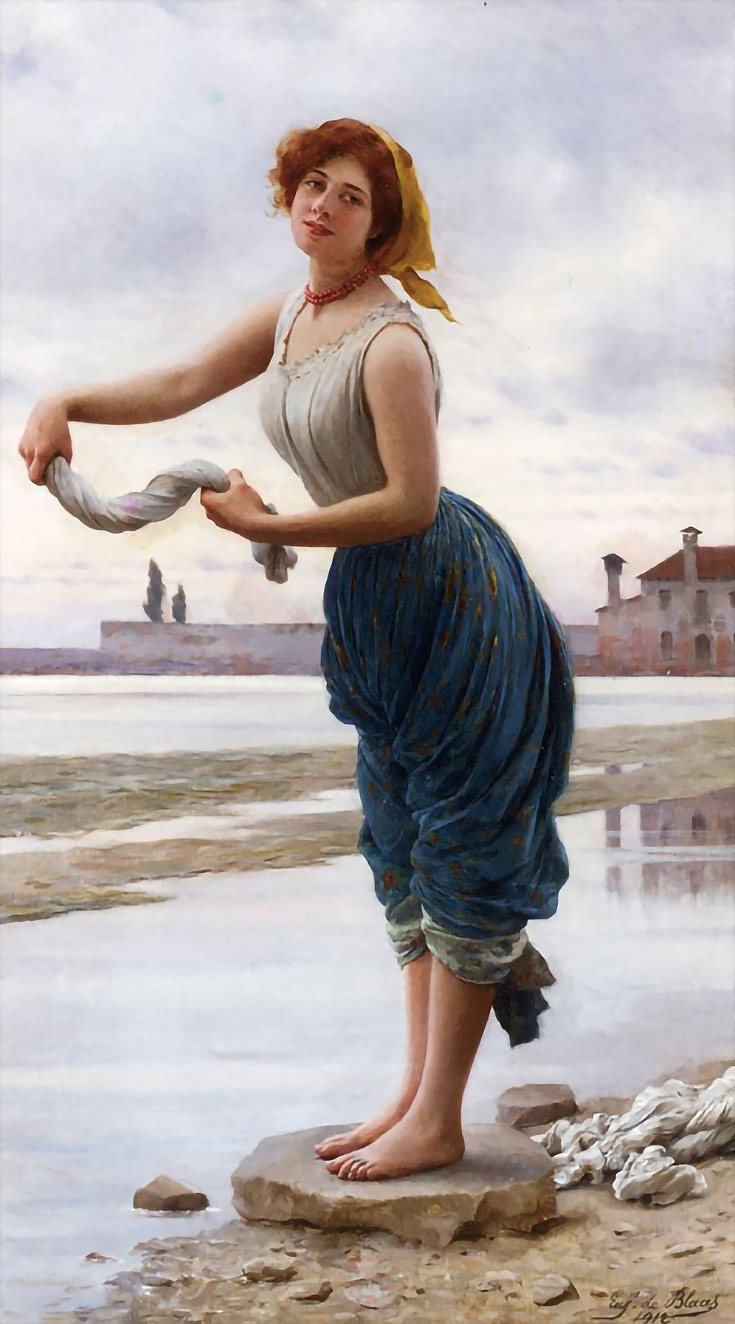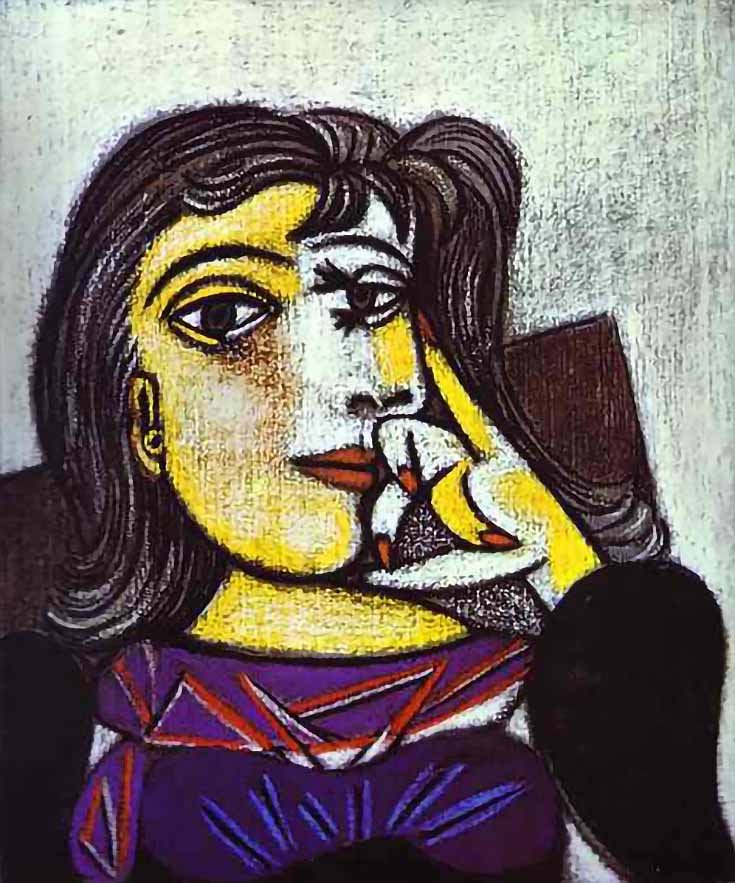Stories of painters and their muses are timeless. They are fodder for gossip among society ladies, while also being tales of inspiration for upcoming artists. The notion of a muse is at once romantic, charming and intellectually stimulating. . . as a result, it is only justified that every artist wants to paint his or her muse in the most creative manner possible.
More paintings by Irene Sheri
Today’s article is for all those artists who are married to their muses metaphorically (or sometimes literally) and want to make masterpieces of them. The following guidelines are not orders to follow at all times, but knowing these guidelines may help you add spirit and soul to your paintings.
Besides, to break the rules, you need to know the rules first. So take a chance! Here are four ways to make your muse come alive in your paintings:
1. Don’t paint your muse in isolation
It’s strange how so many painters try to pay homage to their muse against a plain, colored backdrop. If you really want to make your muse (and your painting) come alive, you should instead paint the very fabric of the world around your muse! If she is a mountain girl, don’t remove the pebbles or the daffodils—use them to enhance the quality and beauty of the painting.
More paintings by Eugene de Blaas
Think of natural but unusual situations. For instance, instead of painting her docile and vulnerable sitting on her porch, let your painting show her face reflected in the rippling river waters. Capture the flow of the waters and show the effect it has on her expressions. In short, compose a scene that allows the viewer take a peek into the private world of your muse. It will be a lot more interesting than simply using a boring backdrop.
2. Double-check every proportion
Wende Caporale, a portraiture expert, talks about the importance of proportions in portraits. Do thorough pre-painting research to get a grasp of proportional relationships in human figures in general (and your muse in particular).
While creativity may have no bounds, correct placement of your muse’s ears, mouth, and eyes is key to achieving a finished, beautiful, work of art. So make an effort to understand the basics of proportion in human figure paintings before you start.
3. Choose a few features to emphasize
Artistic impact is greatest when two or three features are deliberately made to stand out in a painting. You can do this through vibrant and vivid use of color, sharp lines and curves, high contrast, or any number of visual effects. The idea is to draw your viewer in and make your muse come alive on canvas.
More paintings by Mikhail & Inessa Garmash
Above, painters Michael and Inessa Garmash have made their subject stand out by emphasizing flaming golden hair and defined red lips. Not only do these features make for a wonderful focal point, but their colors contrast nicely with the predominantly white and brown hues in the rest of the painting, creating a dramatic yet harmonious composition.
4. Cast a spell with color
Have a good look at your color palette and try to choose beforehand what colors you’d like to use. If you’re unsure, reflect on the mood of your muse during the painting, or the mood that you’d like to portray. Pay detailed attention to the colors in the background and either mute them or enhance them to work with the rest of your painting as well.
Don’t be restricted by what you see—obviously, you can change or add your own colors to the painting, even if they aren’t there in real life.
You may also want to “mirror” similar colors within the painting, to create a consistent color palette throughout the entire piece. For example, if you have painted your muse’s hair in raven red, you may decide to repeat this same, warm tone somewhere else in the painting, like in the tiles on the floor or in a pattern in her dress.
More paintings by Picasso
Notice how Picasso used this technique in the above painting of Dora Marr. The orange of her lips is also used in her nails and in the pattern of her dress, tying together several distinct parts of the painting into one cohesive whole.
Everyone’s muse is different, so don’t think of these rules as limitations. Instead, take them and run with them!
Whether your muse is an old lady with monumental features, a circus clown with exaggerated expressions or a demure damsel with soulful eyes. . . I hope this article helps to re-ignite the embers of passion and imagination in you. Find your muse, and make her come alive in your art!
This post may contain affiliate links.




